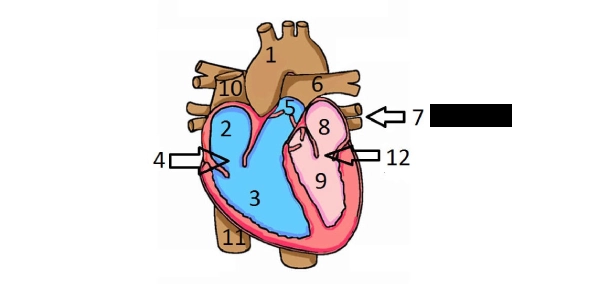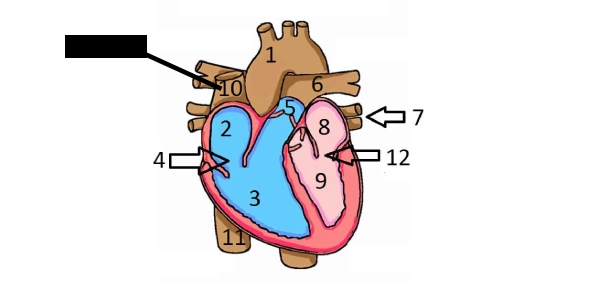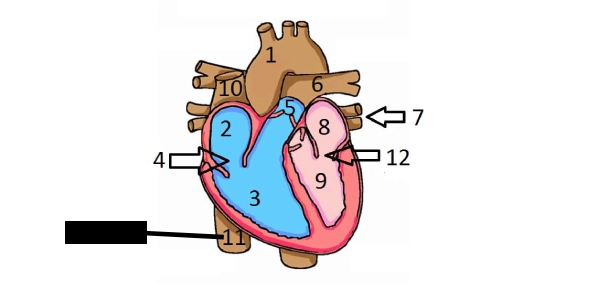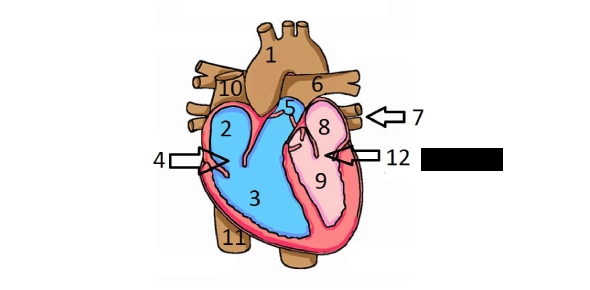The Ultimate Heart Labeling Quiz

Welcome to our Heart Labeling Quiz, where you'll dive into the intricate anatomy of one of the body's most vital organs. This quiz offers an engaging opportunity to explore the structures and functions of the heart in detail.
In this comprehensive quiz, you'll be presented with a variety of questions that will challenge your understanding of cardiac anatomy. From identifying the chambers, valves, and vessels of the heart to understanding the flow of blood through its various pathways, this quiz covers it all.
Through a series of carefully crafted questions and detailed diagrams, you'll have the chance to test your Read moreknowledge and learn fascinating facts about the heart's anatomy and physiology. By the end of the quiz, you'll gain a deeper appreciation for the complexity and importance of this essential organ.
Heart Labeling Questions and Answers
- 1.
What is #1?
Explanation
In the given context, the question "What is #1?" refers to a label, and the answer is "aorta." The aorta is a major artery originating from the heart, responsible for distributing oxygenated blood throughout the body. The response emphasizes the significance of the aorta as a crucial component in the circulatory system, serving a vital role in maintaining overall health and function.Rate this question:
- 2.
What is #2?
Explanation
The correct answer for the question "What is #2?" is the right atrium. The right atrium is positioned above the right ventricle. The upper chambers of the heart are referred to as atria, and in this context, it's identified as the right atrium due to its location on the patient's right-hand side.Rate this question:
- 3.
What is #3?
Explanation
The correct answer for the question "What is #3?" is the right ventricle. The chambers of the heart that are situated in the lower half of the heart are called the ventricles. This specific chamber is recognized as the right ventricle due to its placement on the patient's right-hand side.Rate this question:
- 4.
What is #4?
Explanation
The tricuspid valve is the correct answer because it is one of the four valves. The heart has four valves, including the tricuspid valve, which is located between the right atrium and the right ventricle. It has three leaflets or cusps, which open and close to regulate blood flow between these two chambers. The tricuspid valve prevents the backflow of blood from the right ventricle to the right atrium during the heart's contraction, ensuring that blood flows in the correct direction.Rate this question:
- 5.
What is #5? (HINT: it's a valve)
Explanation
The correct answer is pulmonary valve, semilunar valve. The question asks for the identification of #5, which is a valve. The pulmonary valve is situated between the pulmonary artery and the right ventricle. This valve directs the path through which blood travels to be oxygenated by the lungsRate this question:
- 6.
What is #6?
Explanation
The correct identification for label #6 is the pulmonary artery. Functionally, it carries deoxygenated blood from the right ventricle to the lungs, where oxygenation occurs. This oxygenated blood then returns to the left side of the heart. Understanding the pulmonary artery's role in the circulatory system highlights its critical function in facilitating the oxygenation process within the body.Rate this question:
- 7.
What is #7? (Plural)
Explanation
The accurate designation for label #7 is the pulmonary veins. These vessels play a crucial role by transporting oxygenated blood back to the left atrium after it has been oxygenated in the lungs. Recognizing the function of the pulmonary veins underscores their importance in completing the oxygenation cycle within the circulatory system.Rate this question:
- 8.
What is #8?
Explanation
The correct answer is left atrium. The chambers on the top half of the heart are called atrium, and in this context, it's identified as the left atrium due to its location on the patient's left-hand side.Rate this question:
- 9.
What is #9?
Explanation
The correct answer is the left ventricle. The heart's lower chambers are termed ventricles, and here, it's recognized as the left ventricle due to its position on the patient's left-hand side. This heart chamber pumps oxygenated blood throughout the body upon contraction.Rate this question:
- 10.
What is #10?
Explanation
The correct answer is vena cava superior, superior vena cava. The vena cava superior, also known as the superior vena cava, is a large vein that carries deoxygenated blood from the upper body back to the heart. It is located above the right atrium and is responsible for returning blood from the head, neck, arms, and upper chest to the right atrium of the heart.Rate this question:
- 11.
What is #11?
Explanation
The correct answer to this question is "vena cava inferior, IVC, or inferior vena cava." The inferior vena cava is a large vein that carries deoxygenated blood from the lower body back to the heart. It is an important component of the circulatory system and plays a crucial role in maintaining proper blood flow.Rate this question:
- 12.
What is #12?
Explanation
The mitral valve is also known as the bicuspid valve or left atrioventricular valve. It is one of the four heart valves and lies between the left atrium and the left ventricle of the heart.Rate this question:
Quiz Review Timeline +
Our quizzes are rigorously reviewed, monitored and continuously updated by our expert board to maintain accuracy, relevance, and timeliness.
-
Current Version
-
Dec 28, 2024Quiz Edited by
ProProfs Editorial Team
Expert Reviewed by
Stephen Reinbold -
Mar 29, 2011Quiz Created by
Ndgirl9
 Back to top
Back to top





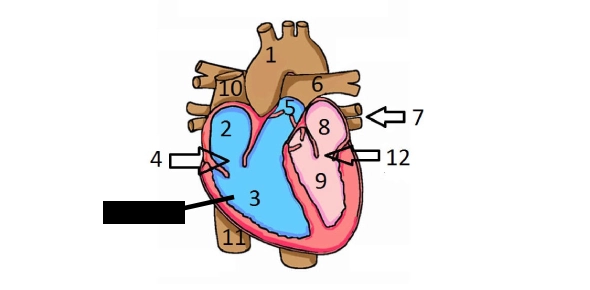
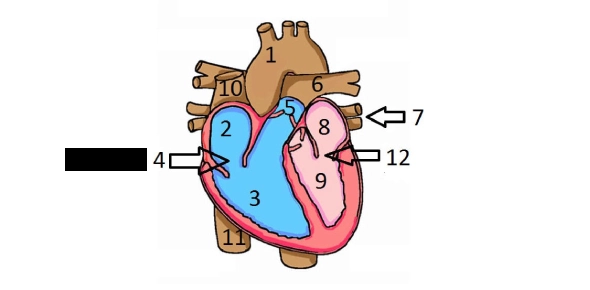
.webp)

